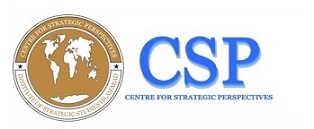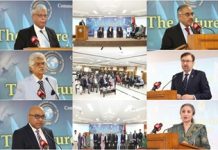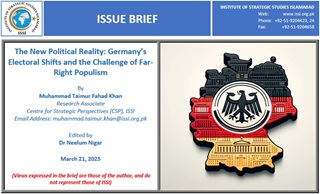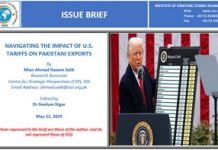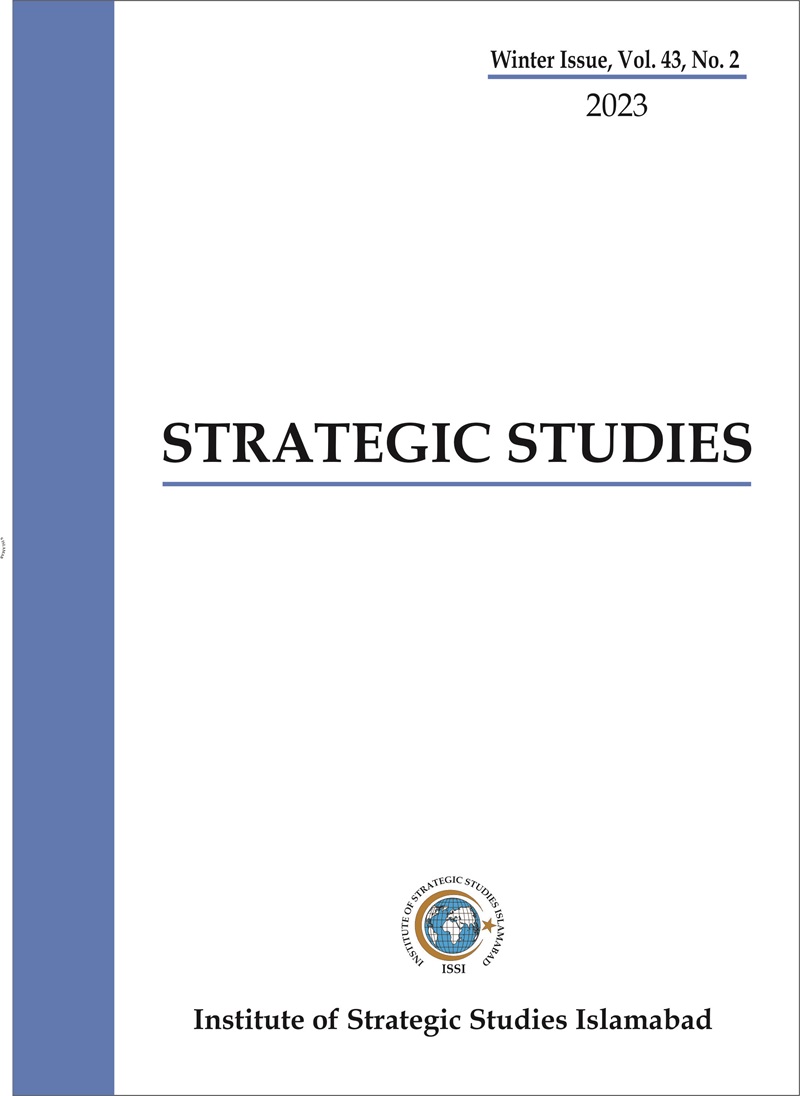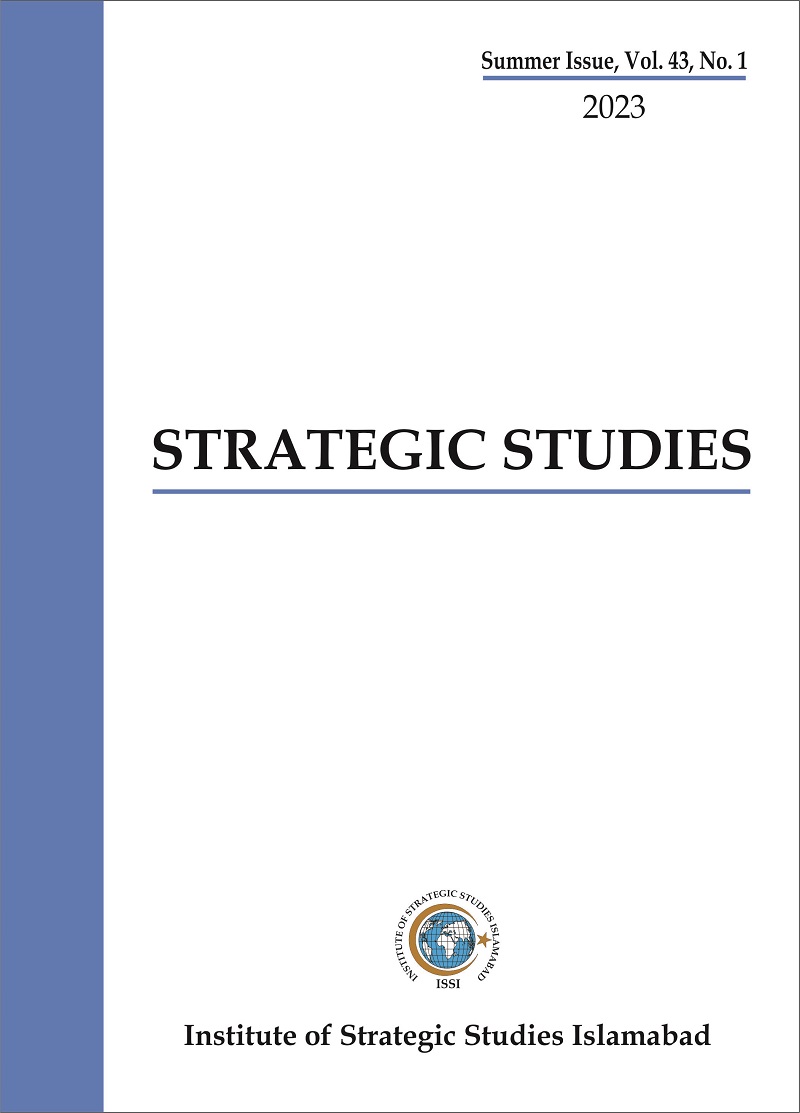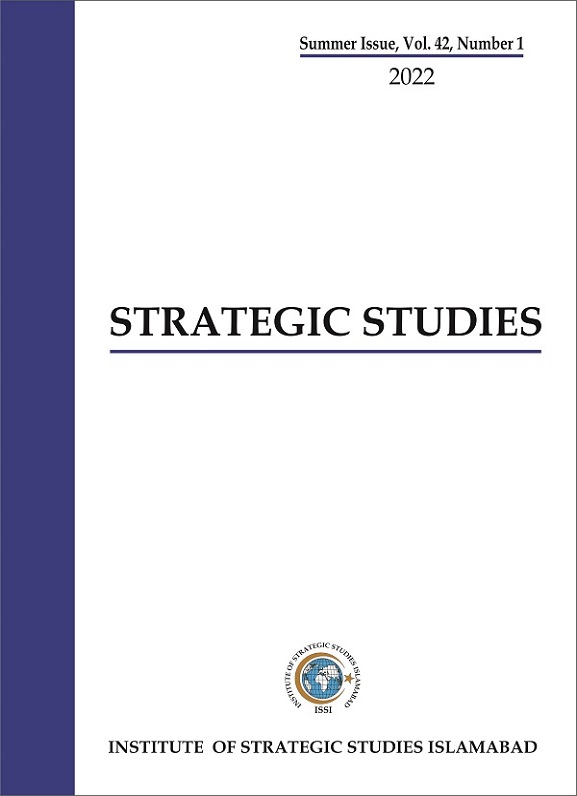Introduction
In recent years, Germany’s political landscape has experienced subtle yet significant shifts. The rise of far-right political forces has become a focal point for both domestic and international observers. While Germany has long been viewed as a bastion of liberal democracy and a central pillar of the European Union, recent elections have underscored the challenges that come with increasing polarization. This Issue Brief examines the dynamics of recent electoral outcomes, the incremental ascent of far-right parties, and the potential implications these trends may have on Germany’s internal cohesion and foreign policy posture.
- Electoral Dynamics and the Far-Right’s Ascendance
Shifting Voter Behavior and the Emergence of the Alternative for Deutschland (AfD)
Over the past decade, traditional parties—such as the Christian Democratic Union (CDU), the Social Democratic Party (SPD), and the Greens—have faced mounting challenges from voters disillusioned by globalization, rapid societal changes, and economic uncertainties.[1] In this environment, the AfD (Alternative for Deutschland) and other far-right groups have capitalized on disenchantment[2] by offering simple narratives that address complex issues like immigration, national identity, and sovereignty. Recent state and federal elections have shown that while these parties still represent a minority of the overall vote (See Figure 1)[3], they are slowly but steadily increasing their foothold in regional parliaments (See Figure 2).[4] This trend has not only shifted the policy debate but has also forced mainstream parties to reconsider their platforms and messaging.[5]

